- Treatment of Tomatoes and Cucumbers
- Benefits of Biological Preparations
- Common Diseases and Pests
- Treatment with Biological Preparations
- Diseases and Pests Prevention
- Regular Monitoring
- Proper Planting and Spacing
- Crop Rotation
- Cleanliness and Sanitation
- Use of Disease-Resistant Varieties
- Natural Predators
- Biological Preparations
- Conclusion
- Natural Biological Solutions
- 1. Beneficial Insects
- 2. Neem Oil
- 3. Bacillus Thuringiensis
- 4. Copper-Based Fungicides
- 5. Plant Extracts
- 6. Crop Rotation
- 7. Sanitation
- Benefits of Biological Treatment
- Effective Control Methods
- 1. Crop Rotation
- 2. Sanitation
- 3. Companion Planting
- 4. Biological Control
- 5. Organic Pesticides and Fungicides
- 6. Regular Inspection
- 7. Watering and Fertilizing Practices
- Protecting Plants and the Environment
- Benefits of Biological Preparations
- Using Biological Preparations
- Conclusion
- Management of Common Tomato and Cucumber Pests
- Aphids
- Tobacco Hornworm
- Tomato Fruitworm
- Spider Mites
- Whiteflies
- Non-Toxic Solutions for Disease Control
- 1. Crop Rotation
- 2. Sanitation
- 3. Organic Fungicides
- 4. Beneficial Insects
- 5. Proper Watering
- 6. Resistant Varieties
- Sustainable Pest Management Strategies
- Introduction
- Biological Control
- Cultural Practices
- Trap Crops
- Conclusion
- “Question-Answer”
- What are some common diseases that tomatoes and cucumbers can get?
- How can I prevent diseases in my tomatoes and cucumbers?
- Are biological preparations effective against pests as well?
- Are biological preparations safe for the environment?
- Where can I buy biological preparations for tomato and cucumber treatment?
- “Video” You’re Killing Your Tomatoes if You Do This, 5 MISTAKES You Can’t Afford to Make Growing Tomatoes
Tomatoes and cucumbers are widely popular and versatile vegetables that are grown in many home gardens and commercial farms. However, these plants are prone to various diseases and pests that can significantly reduce their yield and quality. In the past, chemical pesticides were commonly used to control these problems, but in recent years, there has been a growing interest in using biological preparations for treatment.
Biological treatments are based on the use of natural agents, such as microorganisms, enzymes, or plant extracts, to control diseases and pests. These preparations are considered to be more environmentally friendly and have fewer adverse effects on human health compared to chemical pesticides. Additionally, they are often more specific in their action, targeting only the harmful organisms while not harming beneficial ones.
One popular biological preparation used for treating tomatoes and cucumbers is Bacillus subtilis, a natural bacterium that produces antibiotics to suppress various diseases. This bacterium is effective against common pathogens such as fungal rot, bacterial blight, and leaf spot. Another useful biological agent is neem oil, derived from the neem tree, which has insecticidal and anti-fungal properties. Neem oil is effective against aphids, mites, whiteflies, and powdery mildew.
In conclusion, the use of biological preparations for the treatment of tomatoes and cucumbers is becoming increasingly popular due to their eco-friendly nature and more targeted action. Microorganisms such as Bacillus subtilis and natural extracts like neem oil are effective in controlling diseases and pests while being safer for the environment and human health. By opting for biological treatments, gardeners and farmers can ensure healthier and more sustainable cultivation of tomatoes and cucumbers.
Treatment of Tomatoes and Cucumbers
Tomatoes and cucumbers are common plants grown in many home gardens. They are vulnerable to various diseases and pests, which can negatively impact their growth and yield. By using biological preparations for treatment, gardeners can effectively protect their plants without resorting to harmful chemicals.
Benefits of Biological Preparations
- Environmentally Friendly: Biological preparations are made from natural materials and do not harm the environment. They are safe for humans, pets, and beneficial insects.
- Effective: Despite being gentle on the environment, biological preparations are highly effective in controlling diseases and pests. They target specific pests or diseases without harming beneficial organisms.
- Residue-Free: Unlike chemical pesticides, biological preparations leave no harmful residues on the plants. This makes them safe to consume after treatment.
- Sustainable: By using biological preparations, gardeners support a sustainable approach to gardening. It promotes the balance of ecosystems and reduces the reliance on synthetic chemicals.
Common Diseases and Pests
Tomatoes and cucumbers are susceptible to various diseases and pests. Here are some of the most common ones:
| Pest/Disease | Description |
|---|---|
| Aphids | Small insects that suck sap from plants, causing stunted growth and yellowing of leaves. |
| Whiteflies | Small insects that feed on plant sap and cause yellowing, wilting, and the spread of viral diseases. |
| Tomato Blight | A fungal disease that causes dark spots and rot on the leaves, stems, and fruits of tomato plants. |
| Mildew | A fungal disease that appears as white, powdery spots on the leaves of plants. |
Treatment with Biological Preparations
When it comes to treating tomatoes and cucumbers, biological preparations offer an effective solution. Here are some common biological preparations and their uses:
- Bacillus thuringiensis: This bacteria-based preparation is effective against caterpillars and certain types of worms that can damage the plants. It is sprayed directly on the affected areas.
- Neem Oil: Neem oil has natural insecticidal properties and can control a wide range of pests, including aphids, whiteflies, and spider mites. It can be sprayed on the plants to repel and kill pests.
- Copper-based Fungicides: These preparations help control fungal diseases like tomato blight and mildew. They are applied as preventive sprays or after the appearance of the disease.
It is important to follow the instructions provided with each biological preparation and apply them at the recommended dosage. Regular monitoring of the plants is also essential to detect any signs of disease or pest infestation early.
By using these biological preparations for treatment, gardeners can ensure the health and productivity of their tomato and cucumber plants in an eco-friendly and sustainable manner.
Diseases and Pests Prevention
Regular Monitoring
Regular monitoring of tomatoes and cucumbers is important to detect any signs of diseases or pests at an early stage. This can be done by inspecting the leaves, stems, and fruits for any abnormalities, such as spots, discoloration, or wilting. By identifying these issues early on, appropriate measures can be taken to prevent their spread.
Proper Planting and Spacing
Proper planting and spacing of tomatoes and cucumbers can help to prevent diseases and pests. Plants should be spaced adequately to allow for good air circulation, which can reduce the risk of fungal diseases. Adequate spacing also helps to minimize competition for resources and reduces the chances of overcrowding, which can attract pests.
Crop Rotation
Practicing crop rotation is an effective strategy to prevent diseases and pests. Avoid planting tomatoes and cucumbers in the same spot year after year, as this can lead to the buildup of pathogens and pests specific to these crops. By rotating crops, the risk of diseases and pests can be significantly reduced.
Cleanliness and Sanitation
Maintaining cleanliness and sanitation in the garden is crucial for preventing diseases and pests. Remove any fallen leaves or plant debris regularly, as they can harbor pathogens and pests. Disinfect tools and equipment before and after use, especially when working with diseased plants. Also, avoid working in the garden when plants are wet, as this can promote the spread of diseases.
Use of Disease-Resistant Varieties
Choosing disease-resistant tomato and cucumber varieties can greatly reduce the risk of diseases. Disease-resistant varieties have been bred to have natural resistance to specific diseases, providing an additional level of protection for the plants. Check seed catalogs or consult local nurseries for disease-resistant varieties suitable for your growing region.
Natural Predators
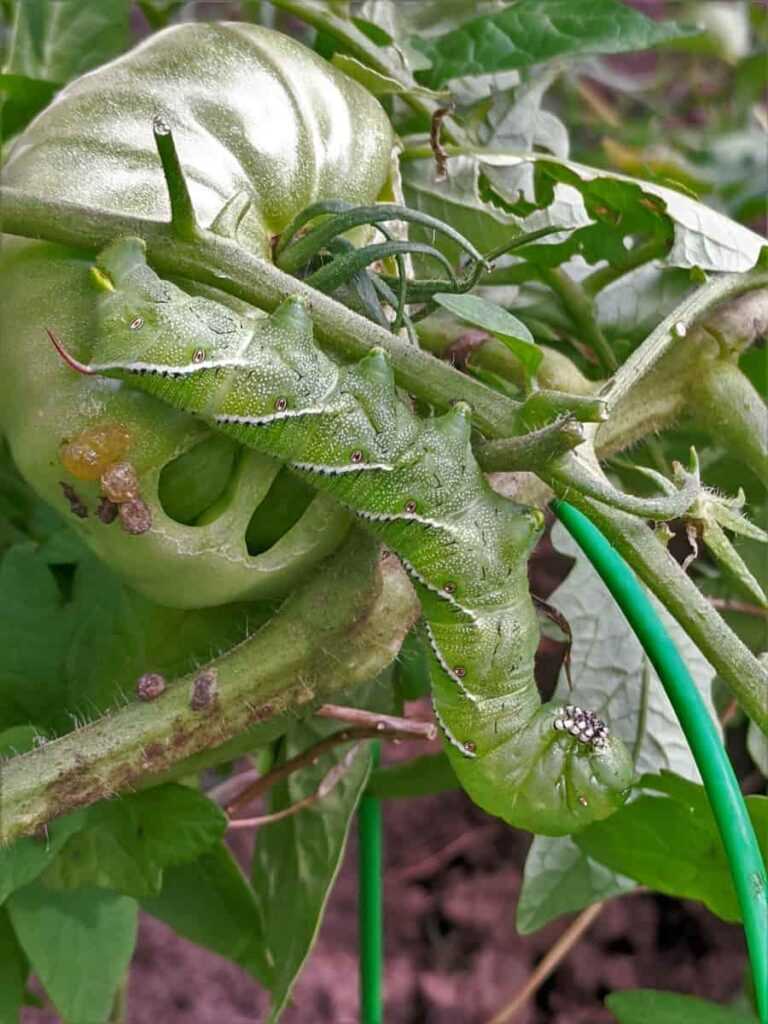
Encouraging natural predators in the garden is an effective biological control strategy for pest prevention. Beneficial insects, such as ladybugs and lacewings, feed on pests like aphids and mites. Planting flowers that attract these beneficial insects, such as marigolds and alyssum, can help to create a favorable environment for them.
Biological Preparations
Using biological preparations is an excellent option for treating tomatoes and cucumbers for diseases and pests. These products are derived from naturally occurring substances, such as bacteria or fungi, and are safe to use in organic gardening. They can effectively control diseases and pests without harming beneficial insects or the environment.
Conclusion
By following these preventive measures, you can significantly reduce the risk of diseases and pests in your tomato and cucumber plants. Regular monitoring, proper planting, crop rotation, cleanliness, disease-resistant varieties, natural predators, and the use of biological preparations can all contribute to a healthy and productive garden.
Natural Biological Solutions
Using natural biological solutions is an effective and eco-friendly approach to controlling diseases and pests in tomatoes and cucumbers. These solutions are derived from living organisms and have minimal impact on the environment.
1. Beneficial Insects
Introducing beneficial insects into your garden is a natural way to control pests. Ladybugs, lacewings, and parasitic wasps are examples of beneficial insects that prey on aphids, mites, and other common garden pests. These insects can be purchased from local garden centers or ordered online.
2. Neem Oil
Neem oil is a natural oil extracted from the seeds of the neem tree. It acts as an insecticide, fungicide, and miticide, making it effective against a wide range of pests and diseases. Neem oil can be sprayed on the plants to control aphids, whiteflies, and powdery mildew.
3. Bacillus Thuringiensis
Bacillus thuringiensis (Bt) is a naturally occurring soil bacterium that produces proteins toxic to certain insects. Bt products are available in the form of sprays or powders and can be used to control caterpillars, such as tomato hornworms. It is harmless to humans, pets, and beneficial insects.
4. Copper-Based Fungicides
Copper-based fungicides are effective in controlling fungal diseases, such as blight and mildew. These products contain copper, which has natural fungicidal properties. Copper-based fungicides can be sprayed on the plants according to the manufacturer’s recommendations.
5. Plant Extracts
Some plant extracts have been found to have natural insecticidal properties. Garlic and hot pepper sprays, for example, can repel pests and deter them from feeding on plants. These sprays can be made by mixing crushed garlic or hot pepper with water and spraying it on the plants.
6. Crop Rotation
Crop rotation is an essential practice in organic gardening to prevent the buildup of diseases and pests in the soil. By rotating tomatoes and cucumbers with other crops, you disrupt the life cycles of pests and reduce the risk of disease transfer from one season to another.
7. Sanitation
Practicing good garden hygiene is crucial in preventing the spread of diseases. Remove and destroy any infected plant material, including leaves and fruits, to prevent the spread of diseases. Regularly clean gardening tools to avoid contaminating healthy plants.
By utilizing these natural biological solutions, you can effectively control diseases and pests in your tomato and cucumber plants while minimizing the use of synthetic chemicals and promoting a healthier and more sustainable garden ecosystem.
Benefits of Biological Treatment
Biological treatment of tomatoes and cucumbers using only biological preparations offers several advantages over chemical treatments:
Environmentally friendly: Biological treatments do not have harmful effects on the environment. They do not leave behind toxic residues in the soil or water, making them a sustainable option for cultivation. Additionally, they do not harm beneficial insects and pollinators, preserving the natural balance of the ecosystem.
Safe for humans and animals: Chemical treatments can pose health risks to humans and animals if consumed. Biological treatments, on the other hand, are safe for handling and consumption. They do not have harmful effects on human health and can be used for organic farming.
Long-lasting protection: Biological preparations provide long-lasting protection against diseases and pests. They strengthen the plants’ natural defense mechanisms, making them more resistant to future attacks. This reduces the need for frequent treatment and minimizes the risk of reinfection.
Resistant to disease resistance development: Chemical treatments can lead to the development of resistance in pests and diseases, making them less effective over time. Biological treatments, however, work by targeting specific mechanisms of pests and diseases, making it less likely for them to develop resistance.
Easier compliance with regulations: Many countries have strict regulations regarding the use of chemical pesticides. Biological treatments offer a viable alternative that allows farmers to comply with these regulations while still effectively managing pests and diseases.
The benefits of using biological treatments for tomatoes and cucumbers make them an attractive option for growers who want to reduce their environmental impact, prioritize food safety, and improve long-term crop health and productivity.
Effective Control Methods
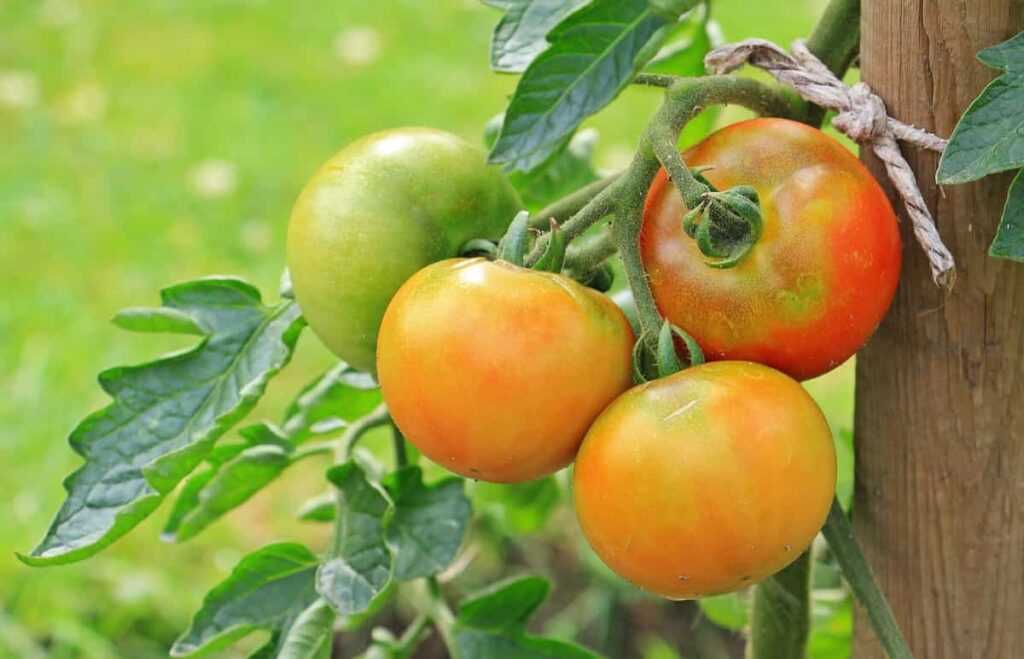
1. Crop Rotation
One of the most effective control methods for diseases and pests in tomatoes and cucumbers is crop rotation. By rotating the crops each year, you can help prevent the buildup of pathogens and pests in the soil. Planting crops from different botanical families in different locations each season helps disrupt pest and disease life cycles, reducing their impact on subsequent crops.
2. Sanitation
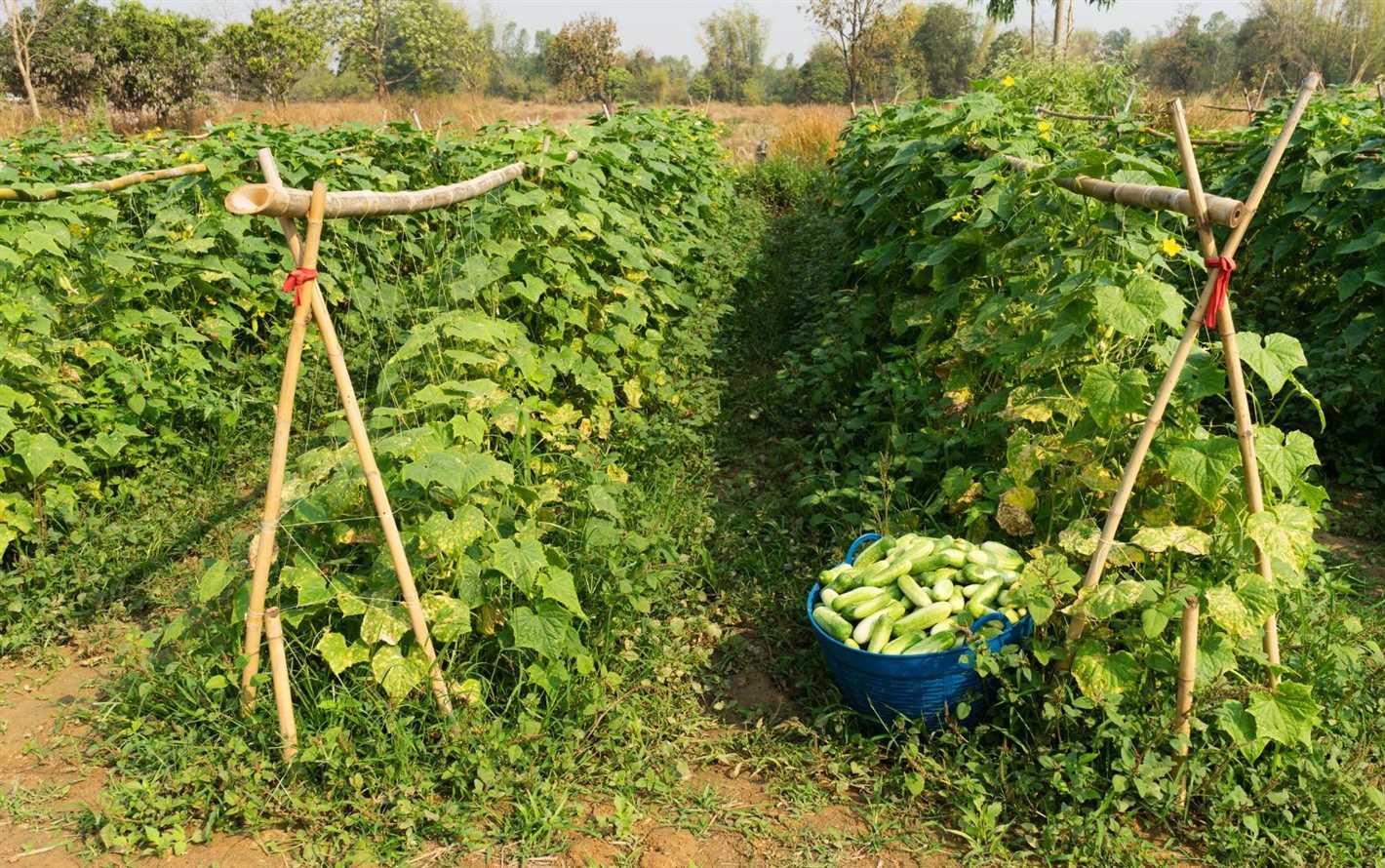
Keeping your garden clean and free of debris can go a long way in preventing diseases and pests. Remove and destroy any diseased plants, as they can serve as a source of future infections. Regularly remove weeds, as they can harbor pests and diseases or attract them to your garden. Clean your gardening tools and equipment regularly to prevent the spread of pathogens.
3. Companion Planting
Companion planting involves growing certain plants together to deter pests or attract beneficial insects. Marigolds, for example, are known to repel nematodes and some pests. Basil can help repel mosquitoes and flies. Planting herbs such as dill, parsley, and coriander near your tomatoes and cucumbers can attract beneficial insects like ladybugs and lacewings, which feed on pests.
4. Biological Control
Biological control involves using natural predators, parasites, or diseases to control pests. For example, introducing predator insects like ladybugs or praying mantises can help control aphids and other common pests. Nematodes can be used to control soil-dwelling pests. Biological control methods are often effective and environmentally friendly.
5. Organic Pesticides and Fungicides
If biological control methods alone are insufficient, organic pesticides and fungicides can be used. These products are made from natural substances and are less harmful to the environment compared to synthetic chemical options. However, they should still be used judiciously and only as a last resort when other methods fail.
6. Regular Inspection
Regularly inspecting your plants for signs of pests or diseases can help catch problems early and prevent them from spreading. Look for yellowing leaves, wilting, or discoloration, as well as evidence of pests such as holes in the leaves or small insects. Promptly identify and address any issues to prevent them from becoming widespread.
7. Watering and Fertilizing Practices
Proper watering and fertilizing practices can help promote plant health and resilience against diseases and pests. Avoid overwatering, as excessive moisture can create favorable conditions for fungal diseases. Fertilize your plants according to their specific needs to ensure they have the necessary nutrients to grow strong and healthy.
By implementing these effective control methods, you can protect your tomatoes and cucumbers from diseases and pests while promoting a healthier and more sustainable garden.
Protecting Plants and the Environment
When it comes to protecting plants from diseases and pests, using biological preparations can be a great option. Not only are these preparations effective in controlling the infestation, but they also have a minimal impact on the environment.
Benefits of Biological Preparations
Biological preparations are made from naturally occurring substances and organisms. They often contain beneficial bacteria, fungi, or insects that can target specific pests or diseases. By using these preparations, farmers and gardeners can benefit in several ways:
- Reduces the use of chemical pesticides: Chemical pesticides can have harmful effects on both plants and the environment. Biological preparations offer an alternative that reduces the need for traditional pesticides.
- Minimal impact on beneficial organisms: Unlike chemical pesticides, biological preparations are designed to target specific pests or diseases, leaving beneficial organisms unharmed. This promotes a healthier ecosystem in and around the plants.
- Safe for human health: Chemical pesticides can pose risks to human health, especially if not used properly. Biological preparations, on the other hand, are generally considered safe for humans to handle and consume.
- Long-term effectiveness: Biological preparations can help build a sustainable solution to pest and disease problems. By improving the health and resilience of plants, they can prevent future infestations.
Using Biological Preparations
When using biological preparations to protect tomatoes and cucumbers from diseases and pests, it is important to follow these basic steps:
- Identify the problem: Determine the specific pest or disease affecting the plants. This will help in selecting the appropriate biological preparation.
- Choose the right preparation: Select a biological preparation that is known to be effective against the identified pest or disease. Consult with local extension services or experts if needed.
- Follow instructions: Read and follow the instructions provided with the biological preparation carefully. This includes the dosage, application method, and timing.
- Monitor the plants: Regularly check the plants for any signs of improvement or further damage. If necessary, reapply the biological preparation as directed.
Conclusion
Using biological preparations to treat tomatoes and cucumbers for diseases and pests not only protects the plants, but also helps preserve the environment. By reducing the reliance on chemical pesticides, promoting a healthier ecosystem, and ensuring long-term effectiveness, biological preparations offer a sustainable solution for plant protection.
Management of Common Tomato and Cucumber Pests
Tomatoes and cucumbers are susceptible to a variety of pests that can damage the plants and reduce yield. By using biological preparations, it is possible to manage these pests effectively without the use of harmful chemicals. Here are some common pests that affect tomatoes and cucumbers, along with recommended biological solutions.
Aphids
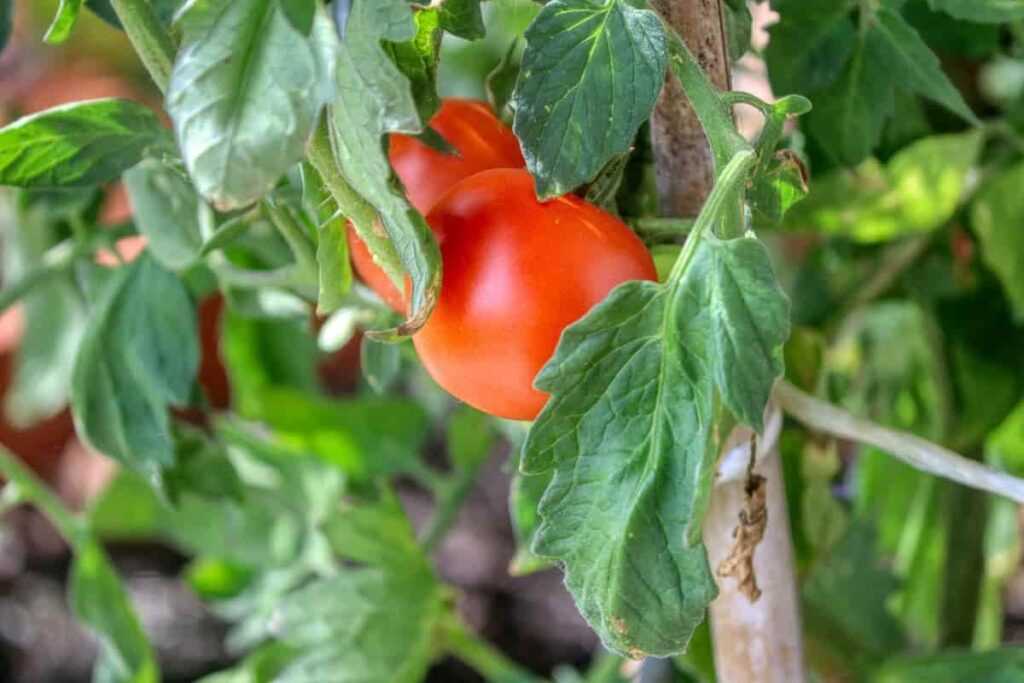
Aphids are small insects that feed on the sap of tomato and cucumber plants. They can cause yellowing of leaves, stunted growth, and the transmission of plant diseases. To control aphids, the introduction of parasitic wasps is an effective method. These wasps lay their eggs inside the aphids, which eventually kill them. Ladybugs are also natural predators of aphids and can be introduced to the garden.
Tobacco Hornworm
The tobacco hornworm is a large caterpillar that feeds on the leaves and fruits of tomato plants. They can cause extensive damage to the plants if left uncontrolled. One way to manage tobacco hornworms is by introducing Bacillus thuringiensis (Bt), a soil-dwelling bacterium that produces proteins toxic to the caterpillars. Another option is to handpick the caterpillars and drop them into a bucket of soapy water.
Tomato Fruitworm
The tomato fruitworm is a common pest that feeds on the fruits of tomatoes and cucumbers. It can cause damage by burrowing into the fruits and leaving behind excrement. To manage tomato fruitworms, the application of insecticidal soap or neem oil can be effective. These products suffocate and disrupt the feeding behavior of the pests.
Spider Mites
Spider mites are tiny arachnids that can cause yellowing and bronzing of leaves, and the formation of webbing on the plants. To control spider mites, the application of predatory mites such as Phytoseiulus persimilis can be employed. These predatory mites feed on the spider mites and help keep their population in check.
Whiteflies
Whiteflies are small, flying insects that feed on the sap of tomato and cucumber plants. They can cause yellowing of leaves and the spread of plant diseases. To manage whiteflies, the introduction of parasitic wasps such as Encarsia formosa is an effective method. These wasps lay their eggs inside the whitefly nymphs, eventually killing them.
By employing these biological solutions, it is possible to effectively manage common pests that affect tomatoes and cucumbers. This approach promotes a healthy and environmentally friendly way of growing these crops, ensuring a bountiful harvest.
Non-Toxic Solutions for Disease Control
Diseases can be a major problem for tomato and cucumber plants, affecting their growth and yield. However, there are non-toxic solutions available for disease control that can help protect your plants without harming the environment or your health.
1. Crop Rotation
One effective method of disease control is crop rotation. This involves rotating the location of tomato and cucumber plants to different areas of your garden each year. By doing so, you can disrupt the life cycle of disease-causing organisms and reduce the likelihood of plant infections. Make sure to plant tomatoes and cucumbers in an area that has not recently grown these crops to minimize the risk of disease.
2. Sanitation
Practicing good sanitation in your garden can help prevent the spread of diseases. Remove any infected plant material, such as leaves or fruits, and dispose of them properly. Clean your gardening tools regularly and avoid working in wet conditions, as moisture can promote the growth of diseases. Keep the garden area clean and free of weeds, which can also harbor disease-causing organisms.
3. Organic Fungicides
If disease problems persist, you can try using organic fungicides that are made from natural ingredients. These products are typically non-toxic and safe for the environment. Look for fungicides that contain beneficial microorganisms, such as Bacillus subtilis or Trichoderma species, which can help suppress disease-causing pathogens. Follow the instructions on the product label for application rates and timings.
4. Beneficial Insects
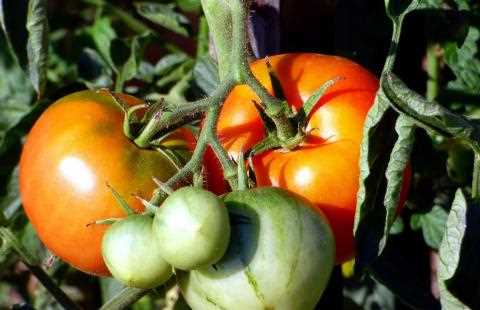
Another non-toxic approach to disease control is the use of beneficial insects. Some insects, such as ladybugs and lacewings, feed on pests that can transmit diseases to your plants. By attracting these beneficial insects to your garden, you can help reduce the population of disease-carrying pests and lower the risk of infections.
5. Proper Watering
Proper watering techniques can also help prevent the spread of diseases. Avoid overhead watering, as this can create favorable conditions for disease development. Instead, water at the base of the plants, preferably in the morning, to allow the foliage to dry quickly. This can help minimize the risk of diseases that thrive in wet environments.
6. Resistant Varieties
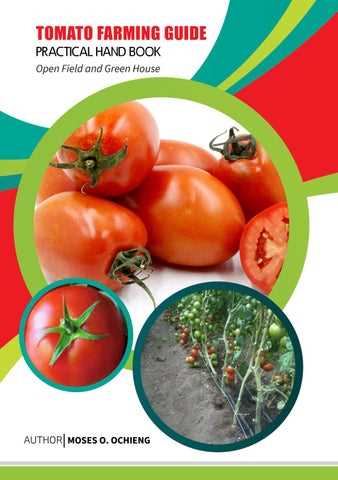
Consider planting tomato and cucumber varieties that have been bred for disease resistance. These varieties are less susceptible to common diseases and can help minimize the need for chemical treatments. Look for varieties labeled as disease resistant and choose cultivars that are known to perform well in your growing region.
By implementing these non-toxic solutions for disease control, you can protect your tomato and cucumber plants from diseases while promoting a healthy and safe gardening environment.
Sustainable Pest Management Strategies
Introduction
Pest management is a crucial aspect of crop cultivation, as pests can cause significant damage to plants and reduce agricultural productivity. However, in order to promote sustainability and protect the environment, it is important to use pest management strategies that minimize the use of synthetic chemicals and rely on biological preparations.
Biological Control
One effective sustainable pest management strategy is biological control. This involves the use of natural enemies, such as predators, parasites, and pathogens, to control pest populations.
- Predators: Predatory insects like ladybugs and mantises can be introduced to the crop field to feed on pests like aphids and caterpillars.
- Parasites: Parasitic wasps can be used to control pests by laying their eggs inside them. The wasp larvae then feed on the pest, eventually killing it.
- Pathogens: Certain pathogens, such as bacteria or fungi, can be used to control pest populations. For example, Bacillus thuringiensis bacterium is commonly used to control caterpillars.
Cultural Practices
Cultural practices can also play a significant role in pest management. These practices focus on creating an environment that is not conducive to pest proliferation.
- Crop rotation: Planting different crops in succession can help interrupt the life cycle of pests and prevent the buildup of pest populations.
- Intercropping: Growing different crops together can create confusion among pests and reduce the spread of pests from one plant to another.
- Sanitation: Proper removal and disposal of plant residues reduce the chances of pest survival and spread.
Trap Crops
Trap crops are plants that are attractive to pests and are strategically placed to lure them away from the main crop. This technique helps divert and concentrate pest populations on specific plants, making it easier to control them.
- The trap crops can either be harvested or treated with appropriate biological preparations for effective pest control.
- Choosing trap crops that are more resistant to pests can also minimize the damage caused to the main crop.
Conclusion
Utilizing sustainable pest management strategies like biological control, cultural practices, and trap crops can greatly reduce the dependence on synthetic pesticides. By adopting these strategies, farmers can protect the environment, promote biodiversity, and ensure the long-term health and productivity of their crops.
“Question-Answer”
What are some common diseases that tomatoes and cucumbers can get?
Some common diseases that tomatoes and cucumbers can get include blight, powdery mildew, bacterial spot, and mosaic virus.
How can I prevent diseases in my tomatoes and cucumbers?
To prevent diseases in tomatoes and cucumbers, it is important to use biological preparations. These preparations contain beneficial microorganisms that outcompete pathogens and protect the plants from infections.
Are biological preparations effective against pests as well?
Yes, biological preparations are effective against pests too. They contain natural enemies of pests such as predatory mites or nematodes that can help control their populations without the use of chemical pesticides.
Are biological preparations safe for the environment?
Yes, biological preparations are safe for the environment. They do not leave harmful residues and do not harm beneficial insects or other wildlife.
Where can I buy biological preparations for tomato and cucumber treatment?
Biological preparations for tomato and cucumber treatment can be purchased at gardening stores, online gardening retailers, or directly from biological preparation manufacturers.







